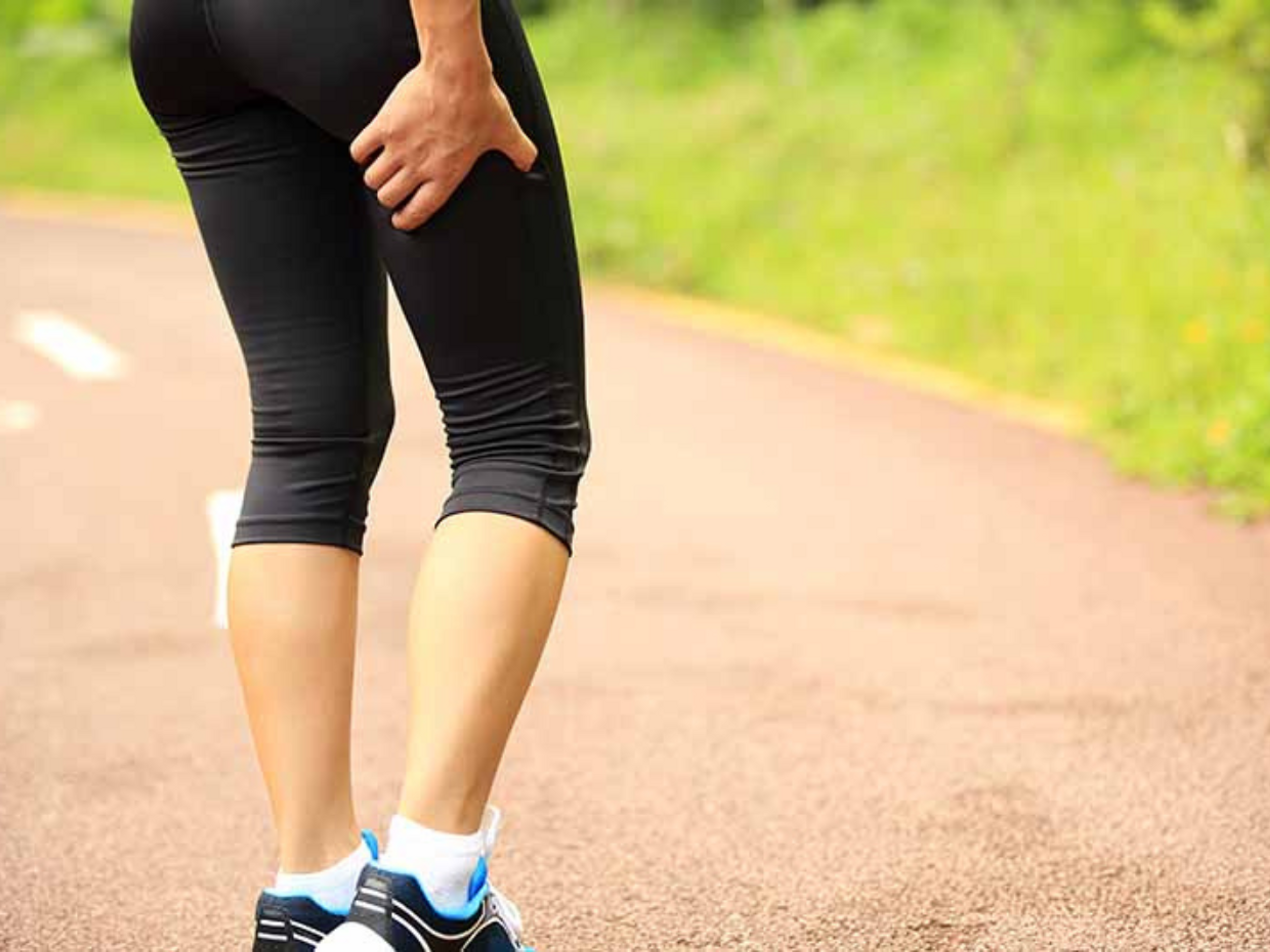How to stretch a pulled hamstring safely (and what else can help)
In this article, you’ll learn why it’s best to delay hamstring stretches initially, what stretches are best, and other ways to boost your recovery.
Why it’s best to delay pulled hamstring stretches
After a hamstring pull or strain, your body needs some time to start the healing process properly.
That’s why an effective way to kickstart your recovery is to simply avoid stretching your injured hamstring too early.
Here are 3 reasons to delay hamstring stretches:
Next, we’ll discuss the best hamstring stretches for a pulled hamstring, their differences, and how to incorporate each into your rehab safely.
Struggling with a stubborn hamstring strain? The Exakt Health app is a trusted, easy-to-follow rehab tool designed to get athletes and active people back on track after injury. Get the expert support you need now and get back to what you love sooner.
The best stretches for a pulled hamstring
Active hamstring stretches are more effective than passive stretches for a pulled hamstring.
However, both can play a helpful role in hamstring injury rehab as long as you use them correctly.
Understanding the differences between active and passive stretching can help you choose the correct stretches during your recovery.
Below, we highlight what each stretch entails, how it impacts your hamstrings, and when and how to do it for optimal results.
Active vs. passive hamstring stretches
Active hamstring stretches
What they involve: Active stretches involve gentle repetitive movements in and out of the stretch position.
Their effects: These dynamic movements improve blood flow to the area, reduce bruising and swelling, and help the injured hamstring tissue heal without putting too much strain on it.
When to do them: Wait at least 48 hours after a hamstring pull before you start with gentle, active hamstring stretches.
Passive hamstring stretches
What they involve: Passive hamstring stretches involve holding the muscle in a stretched position for a sustained period (usually 30 seconds or more).
Their effects: They may help to relax your muscles and temporarily improve flexibility. But, when you have a newly torn hamstring, holding it in a stretched position can overwhelm the injured tissues, potentially aggravating your injury.
When to do them: It’s best to leave passive stretches for later in your hamstring recovery. We recommend avoiding passive stretches at least until you can perform a deadlift exercise through the full range of movement without pain.
Looking for more specific guidance on stretching for your hamstring injury? Download the Exakt Health app for personalized rehab plans tailored to your recovery stages, offering expert advice on the most effective stretches during each phase.
Although hamstring stretches can help your recovery, it shouldn't be the sole focus of your rehab.
For effective recovery, it’s essential to improve your hamstring function and the muscles that impact it.
Beyond hamstring stretches: What else can help a pulled hamstring
Hip and thigh stretches
Some research shows that if the muscles in the front of your hips and thighs (iliopsoas and quadriceps) are tight, it can affect how well your gluteal muscles (buttocks or glutes) work.
Your glutes help support your hamstrings while running. So, if they don't function properly, your hamstrings have to work harder, increasing your risk of injury.
Regularly stretching your hips and thighs can enhance the range of motion and balance the forces in your lower body. This helps prevent hamstring overload and reduces the risk of injuries.
DON'T start too early
Examples of hip flexor and quads exercises
Eccentric exercises
While passive stretches can make your muscles feel more relaxed and less tight after you’ve done them, they can’t increase hamstring flexibility permanently.
That’s because they don’t change the actual structure of your muscles or tendons.
On the other hand, eccentric exercises, which involve your muscles lengthening under tension, stimulate the body to create longer muscle cells and fibers – leading to a more permanent improvement in how flexible and mobile your hamstrings are.
An example of an eccentric hamstring rehabilitation exercise is the lowering down part of a deadlift.
The added benefit of eccentric exercises is that they strengthen your muscles while stretching them, which helps improve your overall muscle power and control.
As a result, eccentric exercises are more beneficial for recovering from hamstring injuries than just stretching, as they provide longer-lasting improvements and help lower the risk of future injury.
We've previously discussed specific hamstring strain strength training exercises and how to include them in your rehabilitation program.
Conclusion
Stretching can be helpful for a pulled hamstring when used as part of a well-rounded rehab plan.
To optimize your recovery, here are a few key points to remember with stretches:
- Wait at least 48 hours before starting gentle active hamstring stretches.
- Avoid forceful stretches - overstretching can worsen your injury.
- Include hip and thigh stretches in the later phases of your rehab.
- Incorporate eccentric exercises into your routine for longer-lasting effects on flexibility, strength, and injury prevention.
Recover smarter and bounce back stronger with the Exakt Health app. Download it now and unlock access to effective rehab plans proven to help you regain strength, flexibility, and confidence after a range of running injuries, including hamstring strains.




